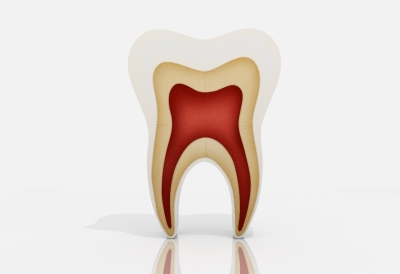regular dental checkups
Learn to Care for Your Teeth
A lot of what people think they know about their teeth isn't entirely accurate. Many people who think that they are doing the right things to care for their teeth are actually making mistakes that could lead to serious problems down the line. Even if you already feel like you know a lot about proper dental hygiene, it's worth spending some time checking on your technique to make sure that you haven't drifted too far from following the best practices that dentists recommend.
Proper Brushing
Brushing your teeth well starts with making sure that you have a good toothbrush. You should replace it roughly every three months. It should be done sooner if the bristles are showing any visible signs of wear. If they're wearing out, they can't do their job properly. It's also a good idea to get a new toothbrush any time you've had a mouth or respiratory infection that you might end up reinfecting yourself with.
You should brush at least twice a day, but don't make the mistake of doing it immediately after meals. Anything acidic in your food will soften the enamel of your teeth and make them vulnerable to damage. Since there's acid in a wide variety of foods, including pasta sauces and fruit juices, it's best to just rinse your mouth out first and then wait around half an hour. You also shouldn't make the mistake of assuming that harder is better. The hazards of bruising to hard include damaging your gums and wearing down the enamel of your teeth.

Proper Flossing
The the importance of flossing is often talked about, but rarely translates into action. If you've tried it but found flossing too uncomfortable, you may have been using the wrong floss. People with teeth that are very close together may need thinner floss, or versions that are designed to be particularly easily to slide between teeth. If you really can't get used to controlling it with your fingers, you can plastic handles to hold the floss. There are even models that are designed with floss already loaded into them. These are particularly handy to toss into your suitcase while you're traveling.
When you're actually doing the flossing, be gentle. The idea is to rub the area between your teeth and the gums so that you can properly clean out an area that a toothbrush can't reach. Because so few people floss regularly, this is a prime area for cavities and gum problems to develop.
Those basic steps, combined with tooth care, should be enough to keep your mouth healthy. There are fancier alternatives available, such as special mouthwashes and electric toothbrushes that might help a little, but the most important thing is that you take care of your mouth faithfully.
